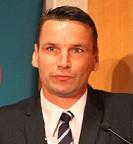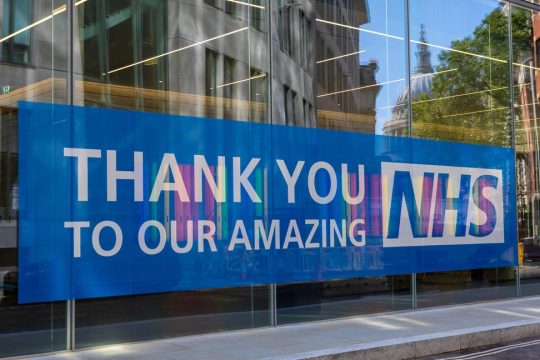Advertisment
ESC 2012 Report – Intraaortic balloon pump fails to improve mortality rate in cardiogenic shock patients: Results from the IABP-SHOCK II study

by Zara Qadir – In Europe, around 60-70,000 patients are diagnosed with cardiogenic shock each year. Developed in the early 1960s, intra-aortic balloon pump (IABP) counterpulsation, is recommended to treat cardiogenic shock[1][2][3]. However, only a few registry studies[4] and clinical trials have shown that the IABP can improve blood pressure and the perfusion of the coronary arteries. IABP in acute myocardical infarction has Class 1C (ESH) and Class 1B (ACC/AHA) status. IABP is currently used in only 25-40% of shock patients. In 2009, a systemic review and meta-analysis[5] showed insufficient evidence endorsing the current guideline recommendation for the use of IABP therapy in the setting of STEMI complicated by cardiogenic shock.Professor Holger Thiele (pictured) of the department of internal medicine/cardiology from University of Leipzig presented the results of the IABP-SHOCK II trial – the largest trial ever performed in cardiogenic shock. In this prospective, open-label, multicenter trial, Thiele and colleagues randomly assigned 600 patients with cardiogenic shock complicating acute MI to IABP counterpulsation (300 patients) or no IABP (298 patients, control group). All patients were expected to undergo revascularisation either through PCI or CABG, as well as guideline-recommended medical therapy.
“The trial aimed to show that the IABP can improve mortality if used in conjunction with optimal medical therapy and early reopening of the infarct-related artery. The hypothesis tested was that the IABP could reduce the rate of mortality within 30 days,” said Professor Thiele.
However, the study found no reduction in 30-day mortality rate in the IABP group when compared to the control group having standard care alone (see Figure 1). At 30 days, 119 patients in the IABP group (39.7 percent) and 123 patients in the control group (41.3 percent) had died, reported the researchers (p=0.92).
“We could not show that the balloon pump, that has been highly recommended in clinical guidelines, can improve mortality,” said Thiele. “This large multicentre trial was unable to show a benefit for the currently most widely used mechanical support device in cardiogenic shock.” Several subgroups were also evaluated and here too there was no clear benefit found for the IABP.
In the past decade mortality related to cardiogenic shock has been reduced, mainly by early reopening of the infarct-affected artery by early balloon inflation. However, the mortality rate in these patients is still extremely high, with approximately 50% dying within the first 30 days.
Similarly, the IABP showed no improvement in blood pressure, no reduction in treatment time in the intensive care unit, no decrease in the duration or dose of drugs prescribed, and no improvement in organ perfusion. IABP support in cardiogenic was shown to be safe without significant inherent complications. Safety assessments included major bleeding, peripheral ischemic complications, sepsis and stroke.
Based on these results along with other outcomes data, its use in routine practice is in debate. The study and editorial were published simultaneous to the trial’s presentation in the New England Journal of Medicine. http://www.nejm.org/doi/full/10.1056/NEJMoa1208410
Click HERE for Figure 1





